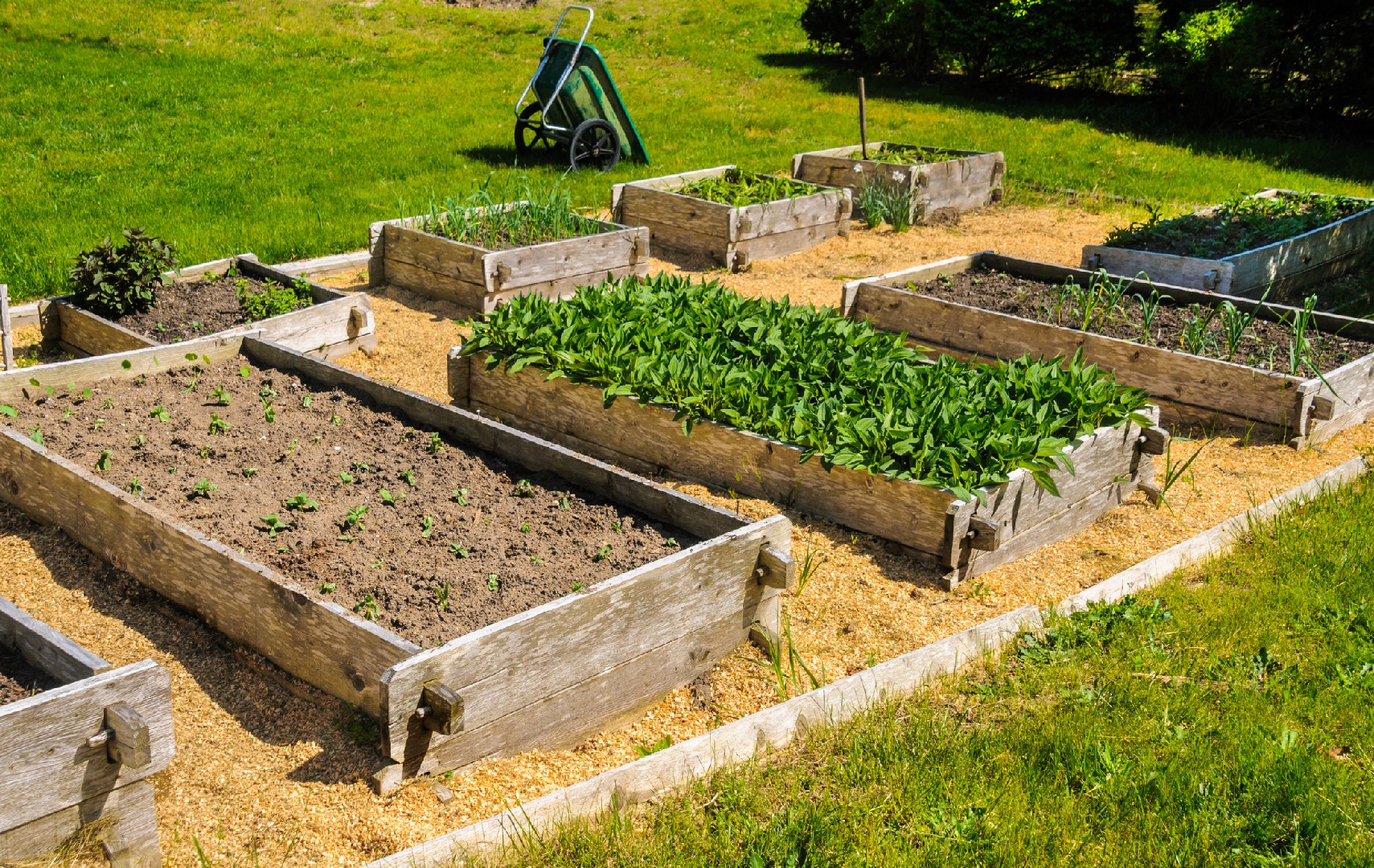![Rectangle]()
The Science Behind Crop Rotation
Crop rotation is an essential practice in gardening and farming that involves planting different crops in a specific order and location each year. This method has been used for centuries and is based on the principles of biology and soil science. By understanding the biological processes that make crop rotation beneficial, gardeners and farmers can optimize their yields and improve the overall health of their plants and soil.
One of the key benefits of crop rotation is its impact on nutrient availability in the soil. Different plants have varying nutrient requirements and abilities to take up and give back certain nutrients. When the same crop is planted in the same location year after year, it depletes the soil of specific nutrients, leading to nutrient imbalances and decreased yields. By rotating crops, gardeners can ensure that the soil remains balanced and fertile.
For example, legumes like beans and peas have the unique ability to fix atmospheric nitrogen through a symbiotic relationship with certain bacteria. When legumes are planted in a bed, they take up nitrogen from the air and convert it into a form that can be used by other plants. This is why legumes are often used as a "green manure" crop, as they enrich the soil with nitrogen. By including legumes in the crop rotation plan, gardeners can naturally improve the nitrogen levels in the soil.
Crop rotation also plays a crucial role in disease prevention and pest management. Some plant diseases and pests have a preference for specific crops, and when those crops are repeatedly grown in the same location, the diseases and pests can build up in the soil. By rotating crops, gardeners can disrupt the life cycles of these organisms, making it harder for them to establish and spread.
Additionally, crop rotation can help break weed cycles. Certain weeds are adapted to thrive in specific crops, and by rotating those crops, gardeners can disrupt the weed's life cycle and decrease weed pressure. This reduces the need for herbicides and manual weed control methods, saving time and effort.
To implement crop rotation effectively, it is essential to plan ahead and keep detailed records. Start by researching the nutrient requirements and disease susceptibility of different crops to determine the best rotation sequence. Consider grouping plants with similar needs together and rotating them with crops that have different nutrient requirements. This will ensure that the soil remains balanced and fertile.
In conclusion, crop rotation is a scientifically proven method that can significantly improve the health and productivity of raised beds. By understanding the biological processes behind crop rotation, gardeners can make informed decisions and implement effective rotation plans. By diversifying crops, optimizing nutrient availability, preventing disease build-up, and managing pests and weeds, gardeners can boost their harvest and create sustainable and thriving gardens.





